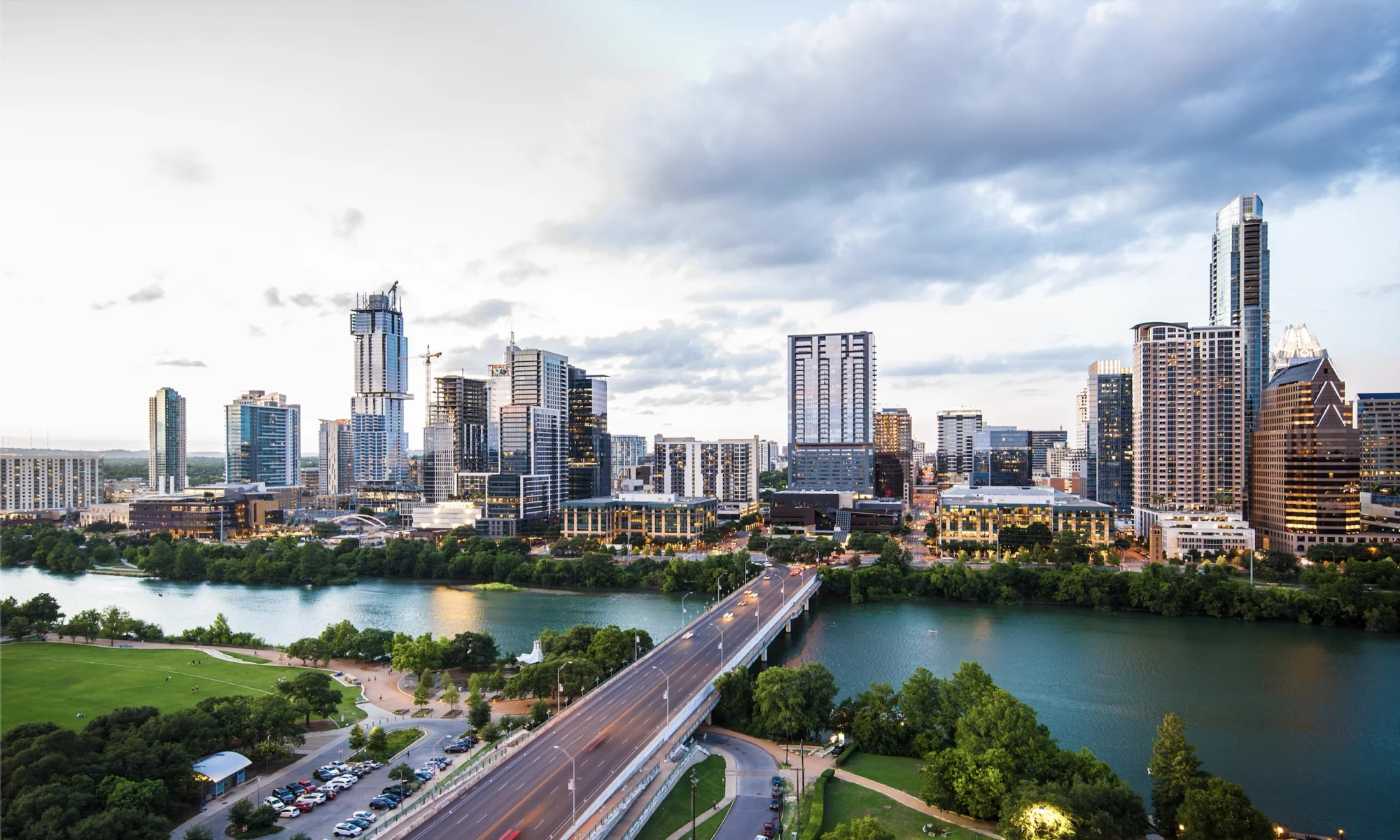Yesterday, AURA member Kaz Wojtewicz testified before the Housing and Neighborhoods committee in favor of a $300 million bond for affordable housing with an emphasis on public housing. To address our housing crisis, we need CodeNEXT to deliver a housing market that is easy to build in, allows supply to catch up with and meet demand, and deliver new homes where people want to live.
We also need a strong housing bond to target low income Austinites. The Strategic Housing Blueprint shows that almost 50,000 new homes are required for families that make 60% or less of the median income, and we’re doing very little to meet this need. We need to do as much as we can to develop as much market rate housing as people want so they can live where they want, and also spend as much as we can afford to make sure that low income families can afford to live where they want too.
$300 million focused on building public housing by buying public land and awarding RFPs to build on that land to the developer who builds the most public housing there would demonstrate a good way to meet that need. Together with existing publicly owned land, this could move Austin towards a sufficient housing supply – for everyone. By mixing market rate and public housing together, we can also help to reduce the rental occupancy rate across the city and help every renter, not just those in public housing.
The Austin chapter of the Democratic Socialists of America, the Austin Justice Coalition, Texas Appleseed and others also joined in on the call for a $300 million investment. The Austin American Statesman noted that Kaz identified other recent bonds in other cities that invested big in affordable housing and easily passed the bonds. “They included a $1.2 billion housing bond plan passed by Los Angeles; a $258 million proposal passed in Portland, Ore.; and a $290 million plan passed in Seattle. All were approved in 2016 with at least 62 percent of the vote. Wojtewicz recommended Austin officials reach for $300 million.”
| Bond Issue | $ size | population | outcome |
| Los Angeles 2016 | $1.2 billion | 4,000,000 | 76% in favor |
| Portland 2016 | $258 million | 640,000 | 62% in favor |
| Santa Clara County 2016 | $950 million | 1,900,000 | 68% in favor |
| Alameda County 2017 | $580 million | 1,600,000 | 73% in favor |
| Portland 2016 | $290 million | 790,000 | 68% in favor |
We won’t be able to rely on Donald Trump and Ben Carson to be able to deliver affordable housing for Austin, especially given that Austin is a welcoming community to everyone, regardless of their citizenship. We need to do what we can on our own.
Let’s get a strong affordable housing bond and invest at least $300 million in affordable housing.



